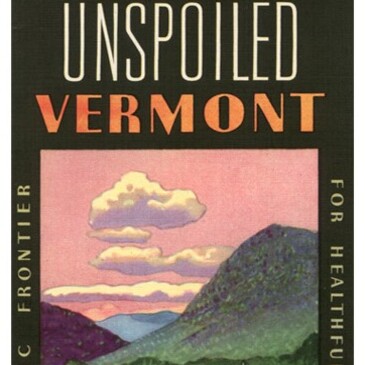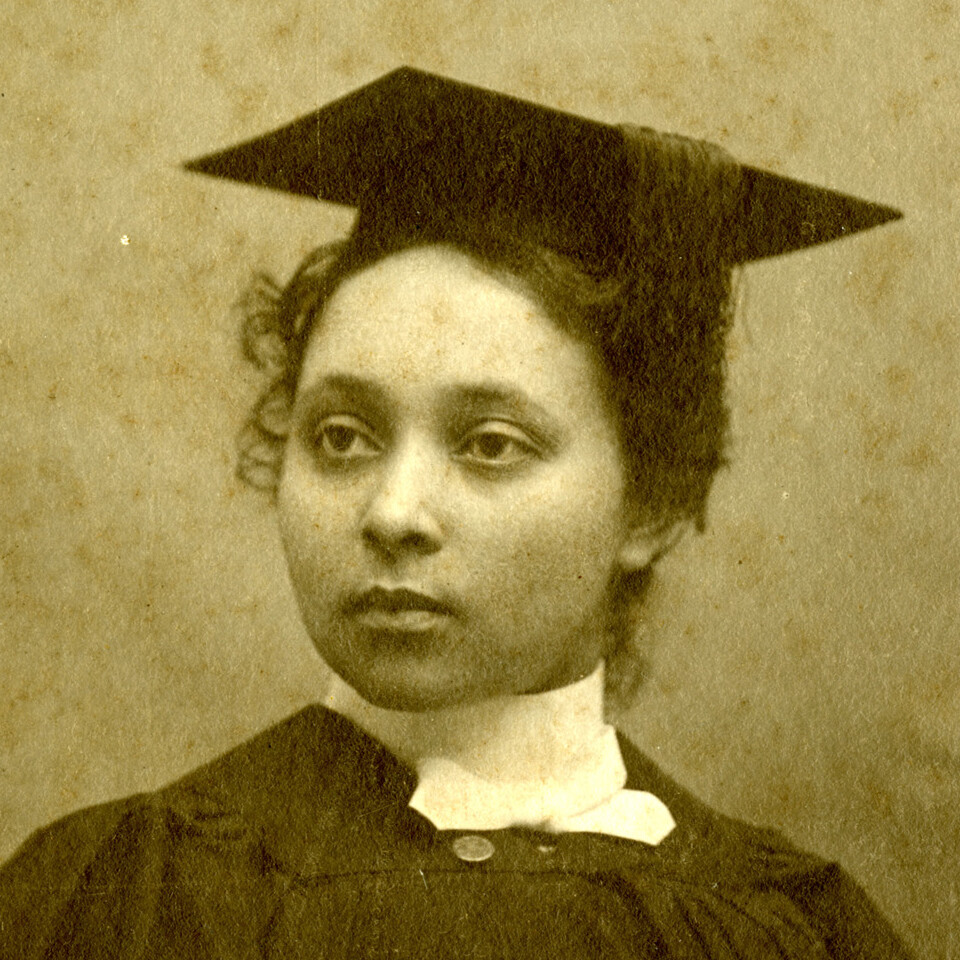June
What historic events happened in June?
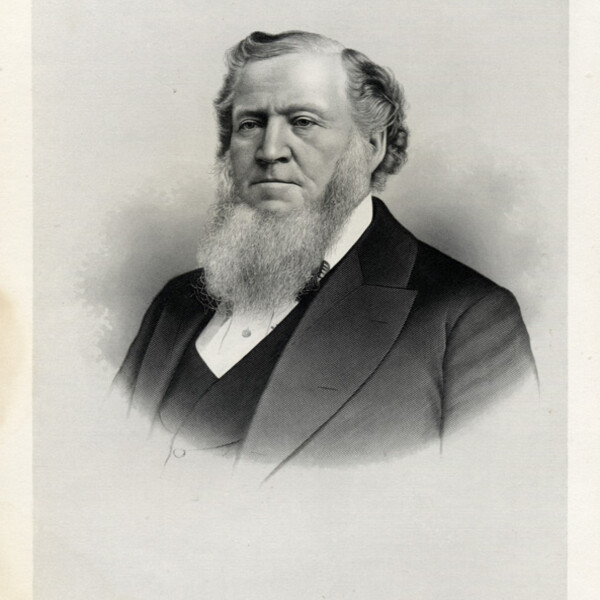
June 1, 1801
Brigham Young was born on this day in Whitingham, Vermont. In 1844, Young became the leader of the Mormon church when church founder Joseph Smith of Sharon, Vermont, was shot. The Joseph Smith monument in Sharon and the Brigham Young monument in Whitingham commemorate their lives.
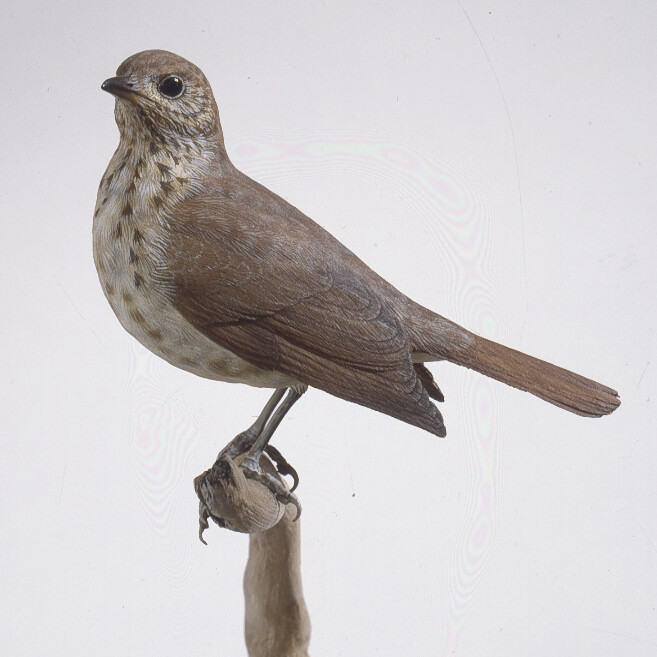
June 1, 1941
The hermit thrush became the Vermont state bird. The hermit thrush lives in Vermont from spring to fall.
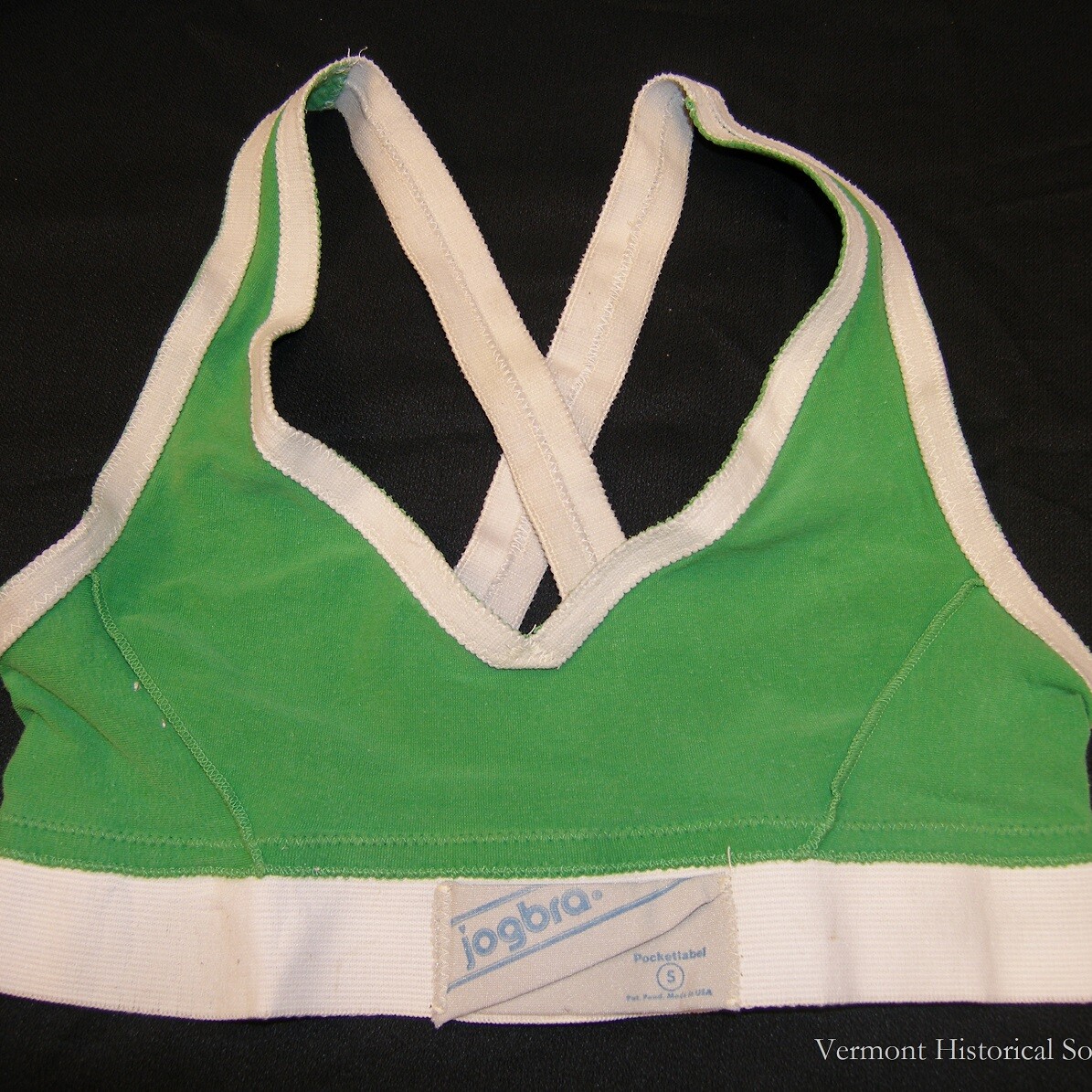
June 2, 1981
A Vermont company earned a US patent for the Jogbra. The Jogbra is the invention of Hinda Schreiber, Eugenie Lindahl, and Polly Smith. They wanted to make women runners more comfortable by creating a new type of underwear.
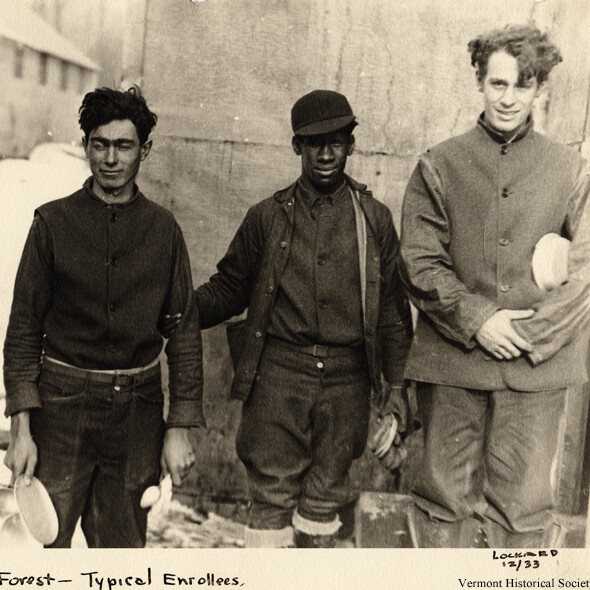
June 5, 1933
The first Civilian Conservation Corps (C.C.C.) in Vermont started work in Danby. The C.C.C. put unemployed men between the ages of eighteen and twenty-three to work on projects in the nation's forests and rural areas.
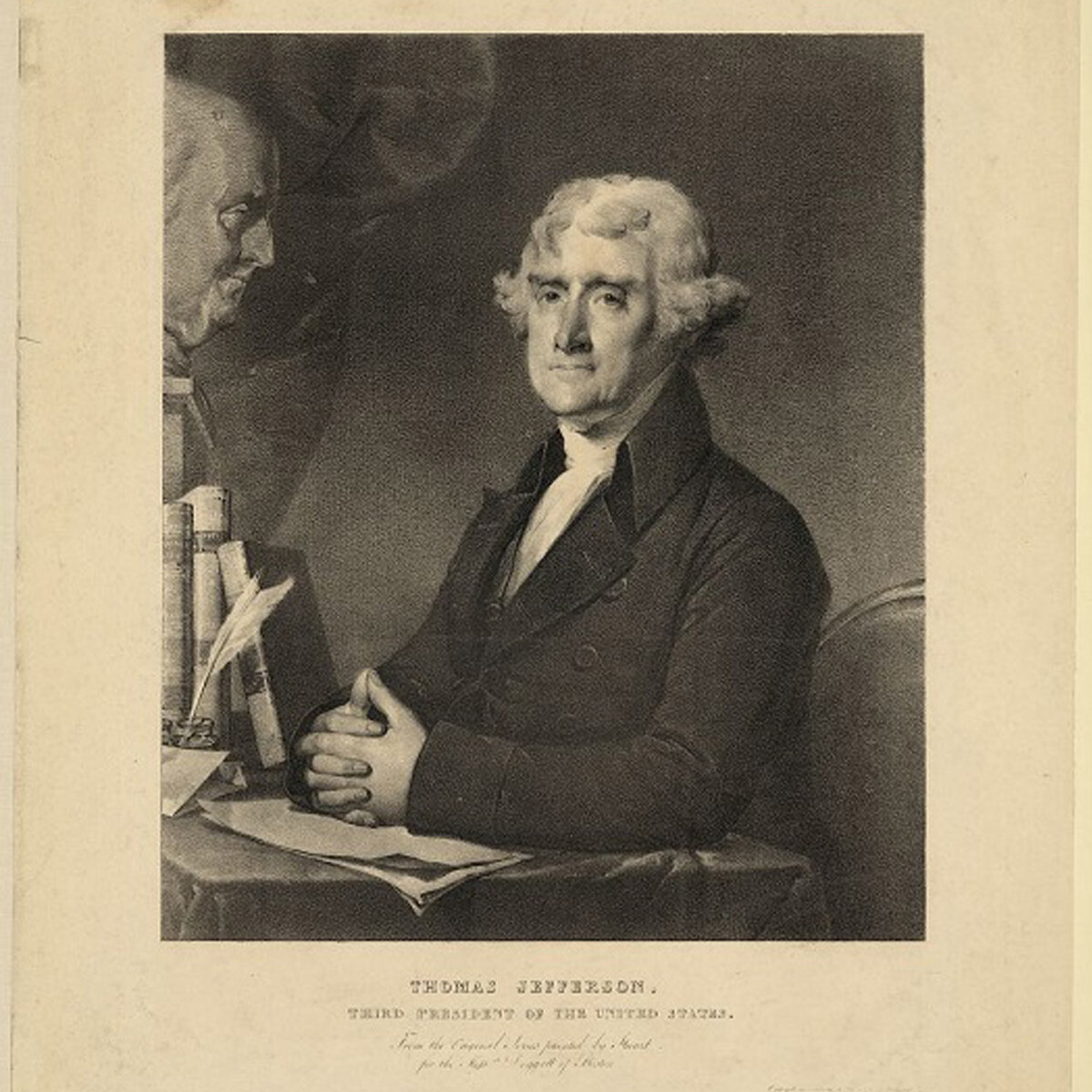
June 6, 1791
Thomas Jefferson and James Madison, both to become U.S. presidents, tour Vermont.
A Visit To Vermont (PDF)
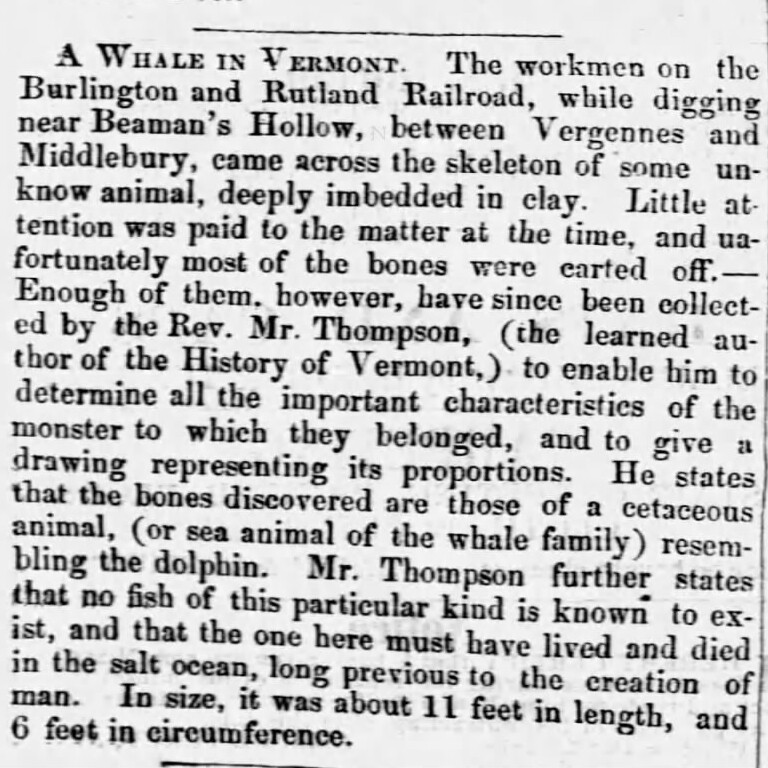
June 6, 1993
The Charlotte Whale became the state marine fossil. The Charlotte Whale is a fossil of a beluga whale, an animal that still survives in artic waters today! The fossil was discovered in Charlotte in 1849 when railroad workers uncovered it while excavating for Vermont's first railroad.
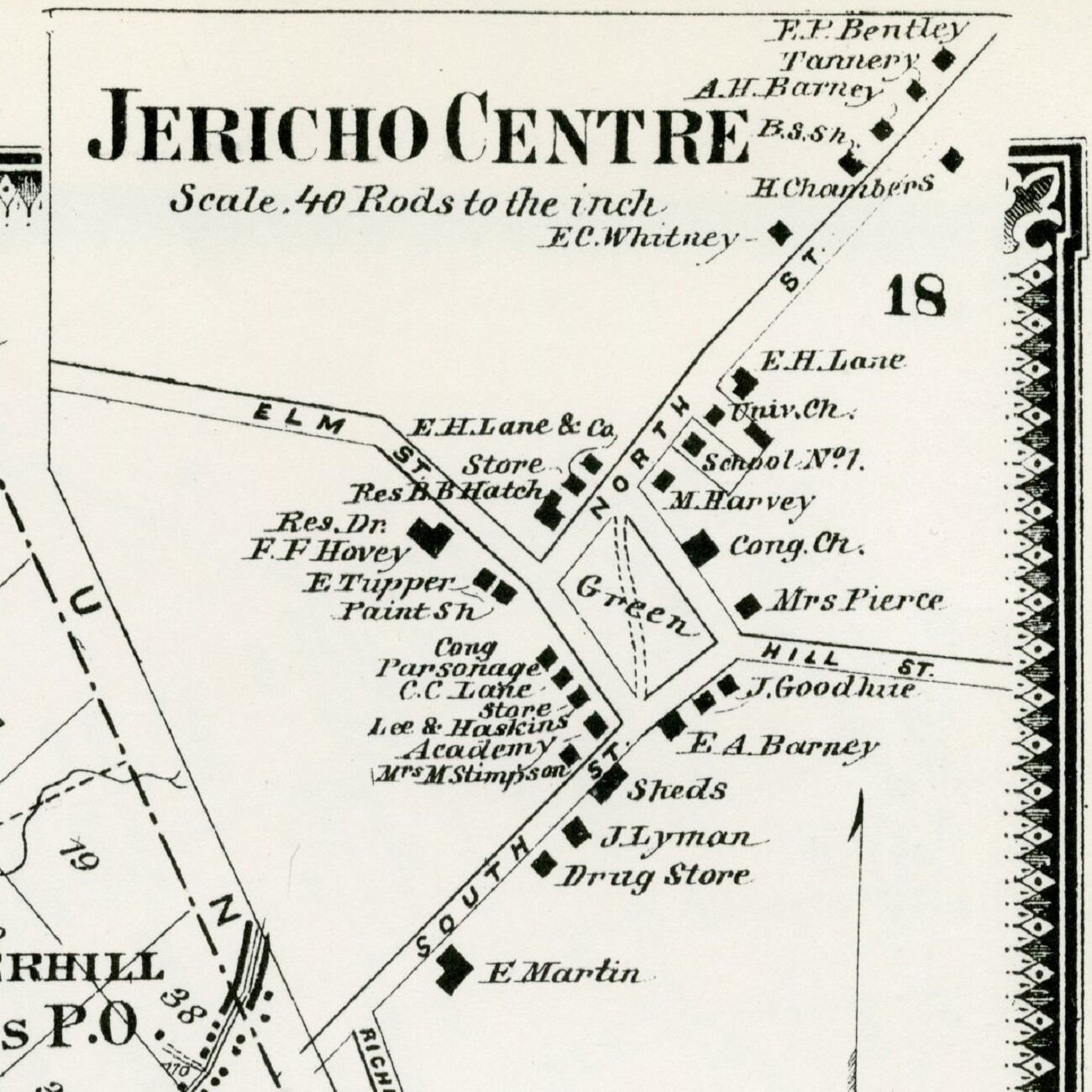
June 7, 1763
The town of Jericho was chartered. Jericho is home to the Jericho Center Country Store. As of 2020, it is one of the oldest stores in the state. It has been operating since 1807.
Jericho Center Country Store (video)
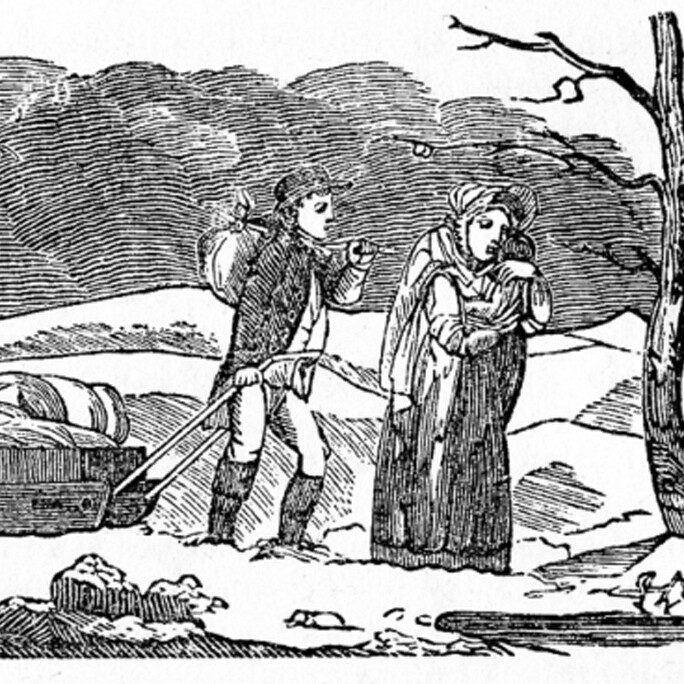
June 8, 1816
On this day, up to six inches of snow fell over most of Vermont. Another snowstorm in July and killing frosts in August and September erased all hope of raising crops that year. Many hard-pressed Vermonters were forced to eat roots and hedgehogs. Others left the state. The year 1816 has been known in Vermont ever since as "the year without a summer" and "eighteen-hundred-and-froze-to-death."
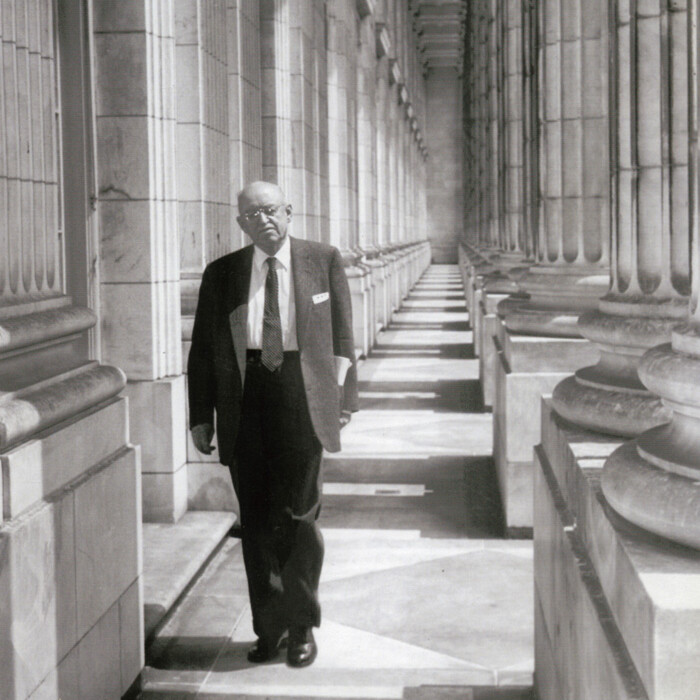
June 11, 1954
Vermont senator Ralph Flanders began his successful campaign to censure Senator Joseph McCarthy of Wisconsin. McCarthy had been the leader of public hearings that set out to accuse Americans in government of having communist sympathies. McCarthy accused people without enough evidence, violating their rights to a fair trial under the Constitution.
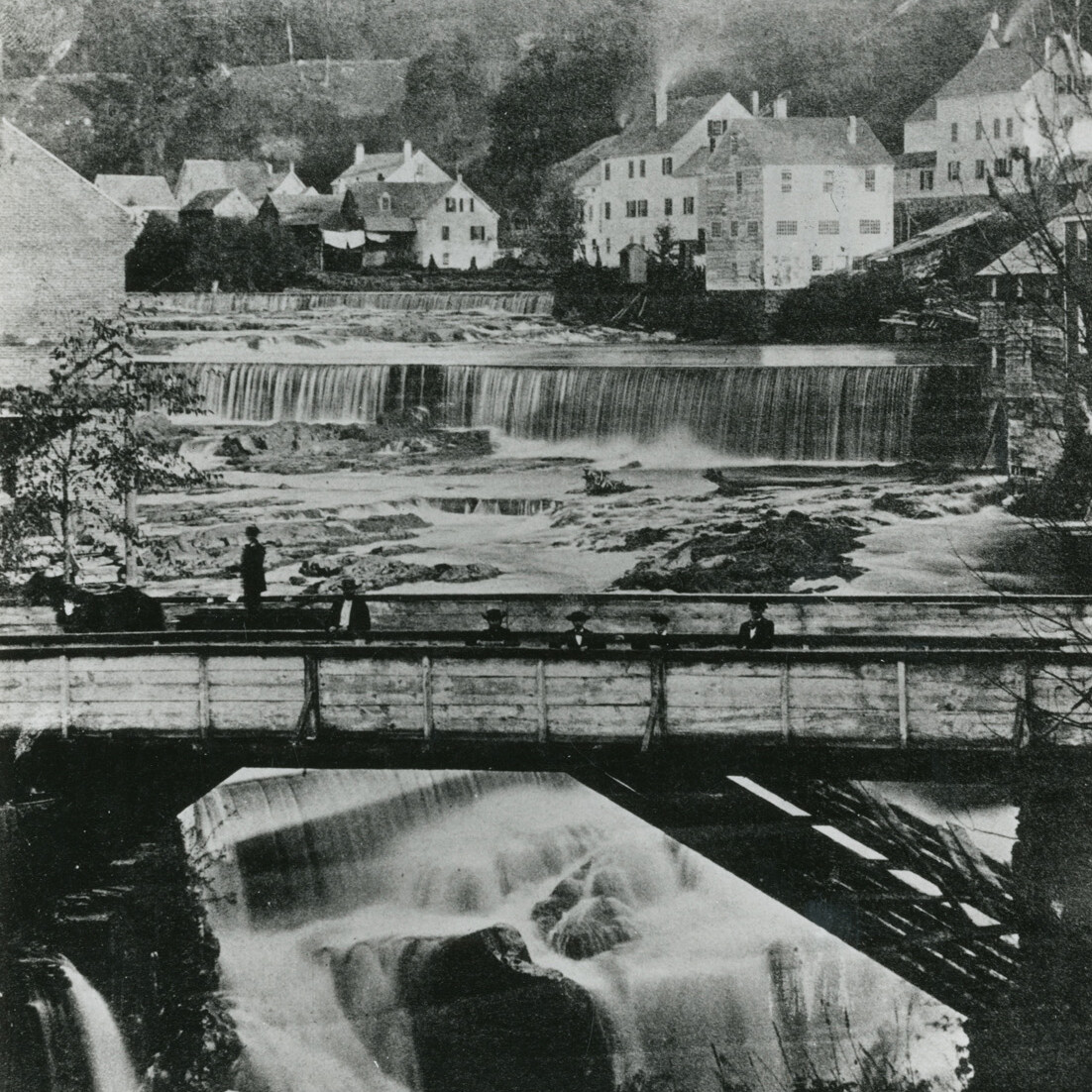
June 14, 1834
Isaac Fisher of Springfield receives a patent from the United States government for the invention of sandpaper.
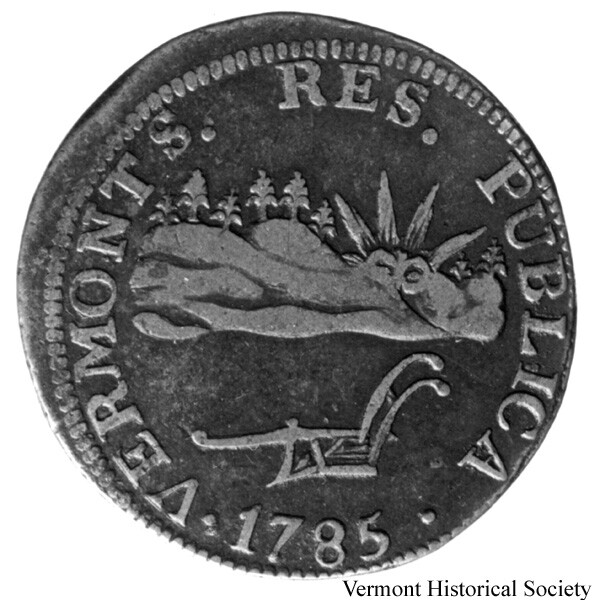
June 15, 1785
The Vermont Legislature gave Reuben Harmon of Rupert permission to make copper coins for the state. Harmon minted the coins from 1785 through 1788.
Making a Mint in Vermont (PDF)
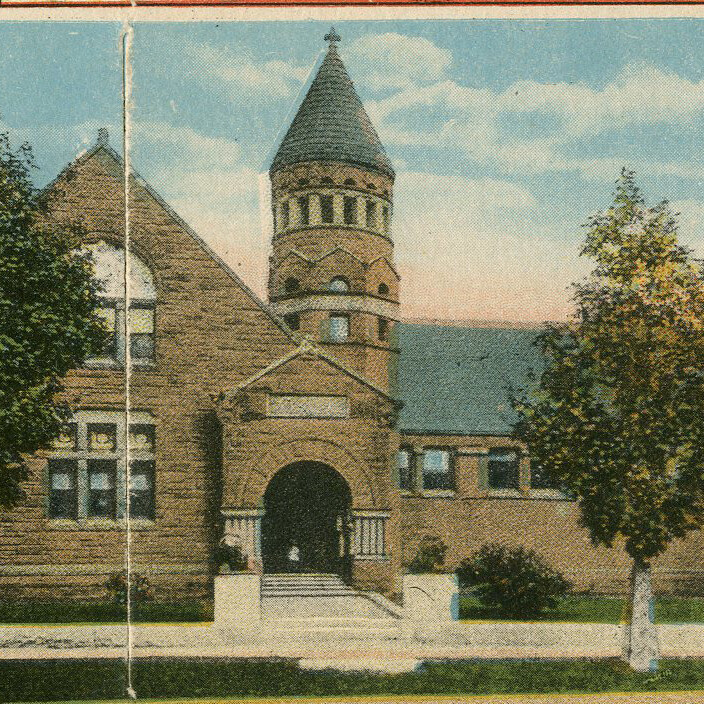
June 17, 1891
The last stone was placed in the building of the Fairbanks Museum of Natural History in St. Johnsbury. Franklin Fairbanks built the museum as a gift to the people of St. Johnsbury. The museum displayed the natural history collections owned by Fairbanks. A planetarium was added to the museum in 1961.
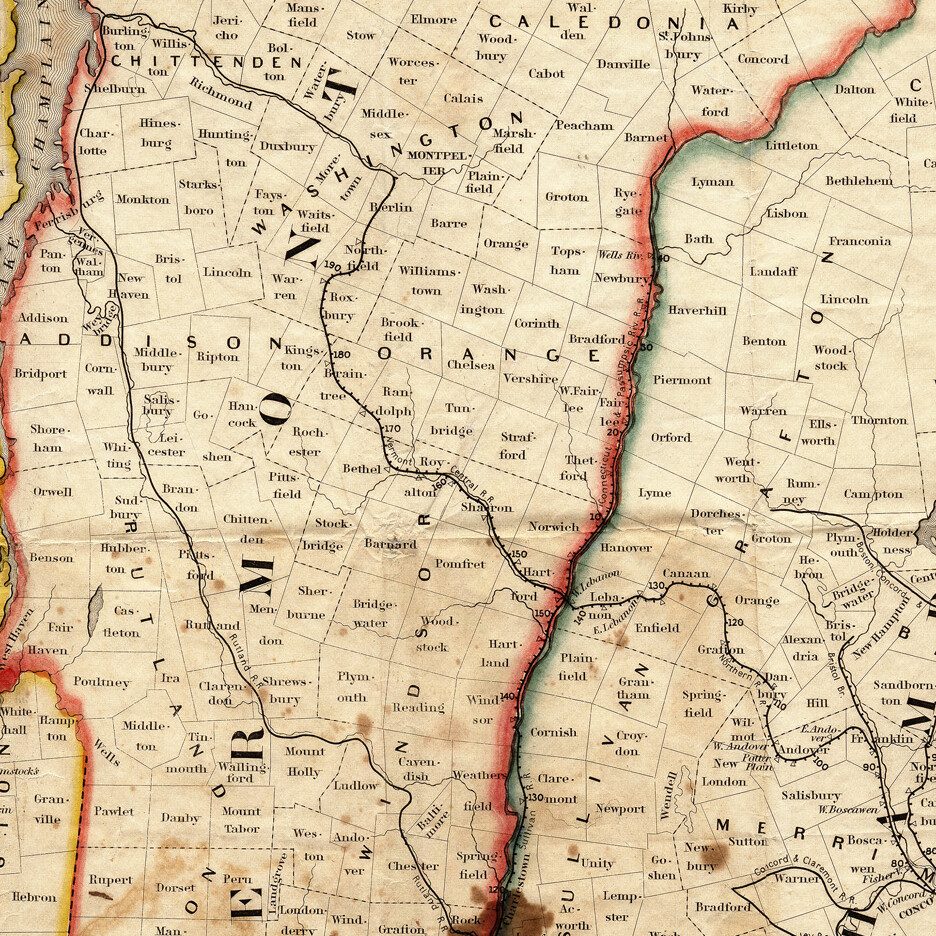
June 26, 1848
The first passengers traveled on the newly constructed Vermont Central Railroad. The passengers traveled by train from White River Junction to Bethel.
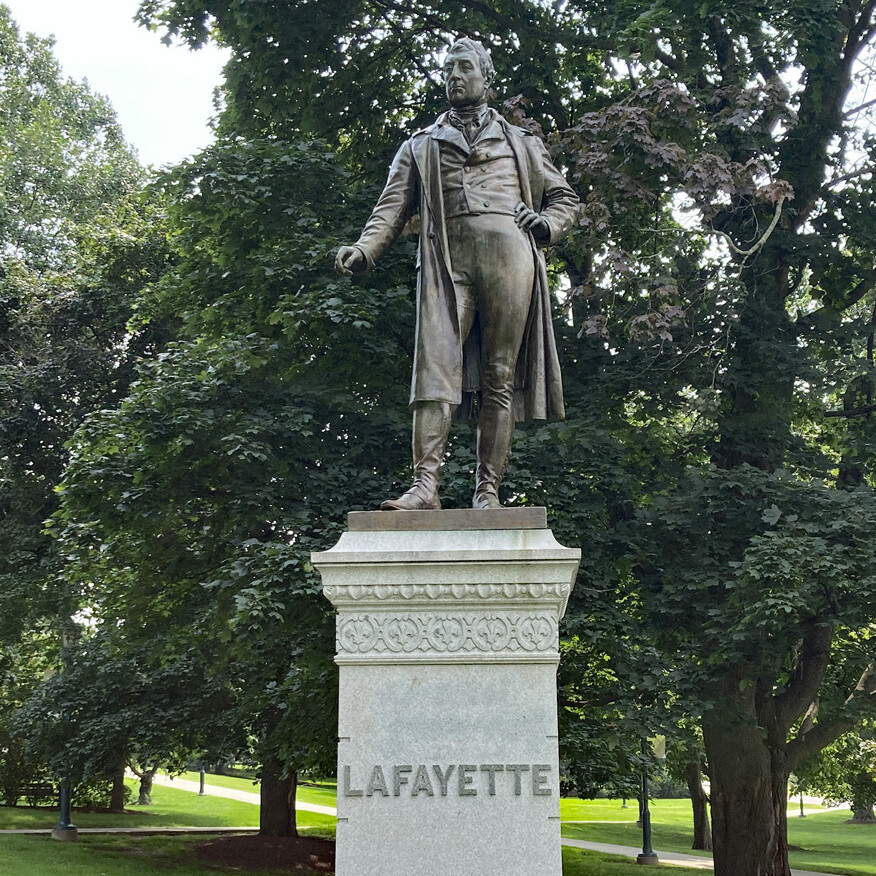
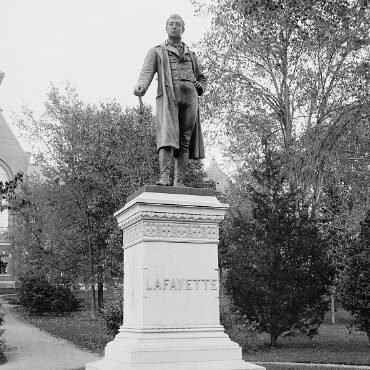
June 28, 1825
The Marquis de Lafayette visited Montpelier on a triumphal journey commemorating his loyal support of the American Revolution fifty years before. Lafayette was a French nobleman who put his fortune and his life at the service of George Washington and became one of our nation's heroes.
Copy and paste this citation to show where you did your research.
Vermont Historical Society. "June." Vermont History Explorer. Accessed January 12, 2026. https://vermonthistoryexplorer.org/june
